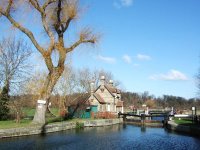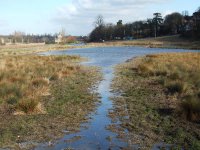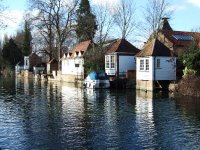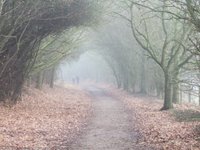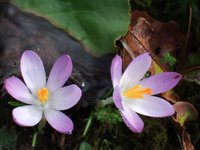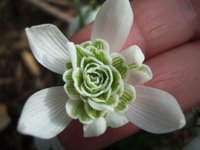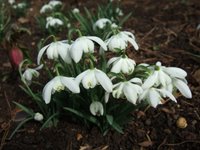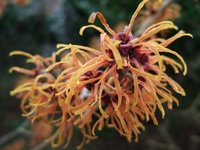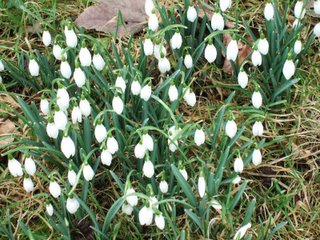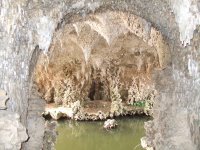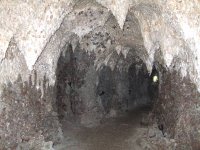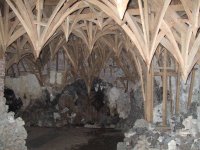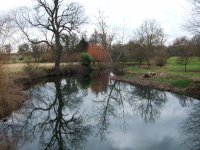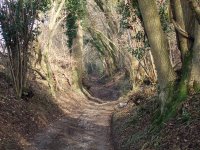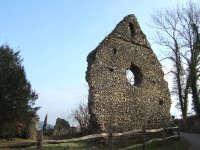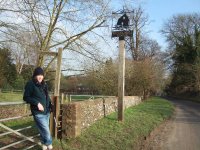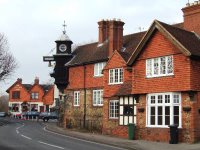 Sunday was another fabulous day so we thought we would return to the Lee River area that we enjoyed last weekend.
Sunday was another fabulous day so we thought we would return to the Lee River area that we enjoyed last weekend.We could not find a suitable circular walk so created our own courtesy of the Ordnance Survey website maps. It turned out to be just over 10 miles.
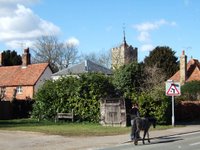 Leaving Stanstead Abbotts we walked along the Lee Navigation to the point where it joins the Stort Navigation which we followed as far as Roydon.
Leaving Stanstead Abbotts we walked along the Lee Navigation to the point where it joins the Stort Navigation which we followed as far as Roydon.Leaving the route briefly we detoured to a pub for lunch and to look at the original lock-up and stocks opposite the village green which, until 1840, every parish had to provide to accommodate criminals before they went to court.
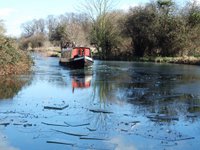 There were three ‘firsts’ on this walk. The first Pike we had seen caught, the first time we had seen a narrow-boat in the role of an icebreaker and the first deer that stood still long enough to be photographed.
There were three ‘firsts’ on this walk. The first Pike we had seen caught, the first time we had seen a narrow-boat in the role of an icebreaker and the first deer that stood still long enough to be photographed. 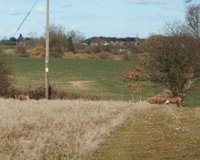
 Image produced from the Ordnance Survey Get-a-map service. Image reproduced with kind permission of Ordnance Survey and Ordnance Survey of Northern Ireland.
Image produced from the Ordnance Survey Get-a-map service. Image reproduced with kind permission of Ordnance Survey and Ordnance Survey of Northern Ireland.






